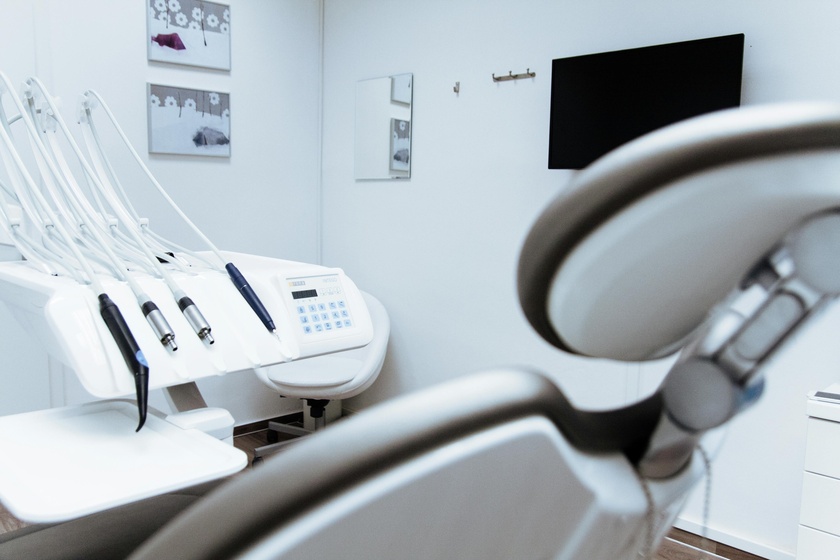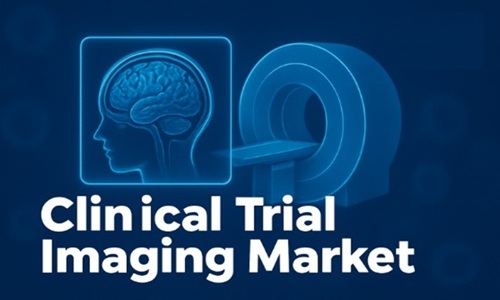Finding a great dentist in Chicago can feel overwhelming. With so many practices across neighborhoods like Bucktown, Wicker Park, Lincoln Park, and the Loop, how do you know which dental office is actually the best fit for you?
The truth is, there’s no one-size-fits-all “best” dentist—but there are consistent traits that the top dental offices in Chicago all seem to share. Whether you’re searching for a routine checkup, cosmetic upgrades, or advanced restorative work, here’s what to look for—and a few standout offices that are getting it right.
1. A Patient-Centered Approach
The best dental offices don’t just treat teeth—they treat people. That means listening, educating, and building a relationship that’s rooted in trust. From the first phone call to your final follow-up, top dental teams prioritize your comfort, time, and health goals.
This includes making time for you in the schedule, being transparent about treatment options and pricing, and ensuring you're never pressured into unnecessary procedures. A great dental office feels more like a collaborative space than a production line.
2. Modern Technology and Tools
Dentistry has come a long way—and the top practices embrace the latest tools to improve comfort, precision, and results. If a dental office is still using outdated equipment or paper-only records, it might be worth considering other options.
Advanced technology isn't just flashy—it's practical. Digital X-rays lower radiation exposure, 3D scanners eliminate the need for uncomfortable molds, and dental microscopes allow for incredibly detailed restorations and diagnosis. Modern tools help dentists work faster, cleaner, and more accurately.
3. Comfortable, Clean, and Thoughtfully Designed Spaces
Gone are the days of sterile, anxiety-inducing dental offices. Many of the best dental clinics in Chicago are now investing in space design to create environments that feel calm, welcoming, and even stylish.
From soothing lighting and curated playlists to aromatherapy and modern art, today’s best dental practices often look more like boutique studios than traditional clinics. This matters—especially for patients with dental anxiety. A comfortable setting can help reduce fear and make you more likely to stay on top of regular care.
4. Convenient Locations and Scheduling
Let’s face it: convenience matters. A dental office that’s hard to get to, only open a few hours a day, or booked out for weeks can quickly become a source of stress.
Top Chicago dental offices offer flexible hours (including evenings or weekends), online appointment scheduling, digital forms, and locations that are walkable or close to public transit. The best dentists make it easy to stay proactive about your oral health—even if you’ve got a packed schedule.
5. A Well-Rounded Team
Great dentists are more than just skilled with their hands—they’re thoughtful communicators, ethical decision-makers, and continual learners. Bonus points if their team includes hygienists, specialists, and support staff who share the same values.
Before choosing a dental office, browse their website or reviews. Look for signs of strong teamwork, ongoing education, and consistency in care. Offices where people feel respected—whether patients or employees—tend to provide better experiences across the board.
6. Reputation and Community Trust
You can learn a lot about a dental office by reading between the lines of online reviews and social media posts. Are patients just happy, or are they loyal? Do they refer friends and family? Do they feel genuinely cared for?
A solid reputation takes time to build—and the best dental practices in Chicago earn that trust by consistently delivering high-quality results and clear, compassionate communication. Look for reviews that mention trust, honesty, and how long someone has stayed with the practice.
Top Chicago Dental Offices to Know
While there are many great practices throughout the city, these three dental offices consistently stand out for their quality of care, unique approach, and patient satisfaction.
Bite Club – Dentist in Bucktown and Wicker Park
A design-forward dental office in Bucktown, Bite Club blends high-tech dentistry with a calm, highly personalized approach. Known for using dental microscopes and offering precision treatments, they specialize in both general and cosmetic care with a studio-like vibe that feels anything but clinical. Patients appreciate their clear communication, thoughtful design, and the genuine care Dr. Huynh brings to every visit.
Vivid Smiles – Dentist in Lincoln Park
Vivid Smiles offers friendly, fresh dental care in Lincoln Park. Their brand voice is approachable and warm, and their office reflects that energy with bright, clean design and a staff that genuinely takes the time to connect with every patient. They’re especially popular with young professionals and families looking for a dentist that explains things clearly, respects their time, and keeps visits stress-free.
Molar City – Dentist in Lincoln Square
Molar City brings playful branding and serious dental expertise to the Lincoln Square neighborhood. Their unique identity helps patients feel more at ease, while their focus on preventive and cosmetic care keeps smiles looking and feeling their best. The team’s dedication to making dental visits feel approachable—without sacrificing quality—makes them a standout among Chicago dental offices.
Final Thought
The best Chicago dental office for you will depend on your needs, location, and the kind of experience you’re after. But no matter where you land, keep your standards high. Dentistry is about more than clean teeth—it’s about feeling seen, respected, and genuinely cared for.
Whether you’re due for a cleaning, want to straighten your teeth with Invisalign, or are exploring smile makeover options, take the time to explore your choices. With so many high-quality dental offices in Chicago, you’re never far from a dentist who can truly transform the way you feel about going to the dentist.
Still unsure where to start? Consider reaching out to a few offices for a consultation or even just a quick call. A great dental office won’t just answer your questions—they’ll make you feel heard. When you find a team that makes you feel confident in your care, you’ll know you’re in the right place.
Pexels.com: Photo by Daniel Frank


















